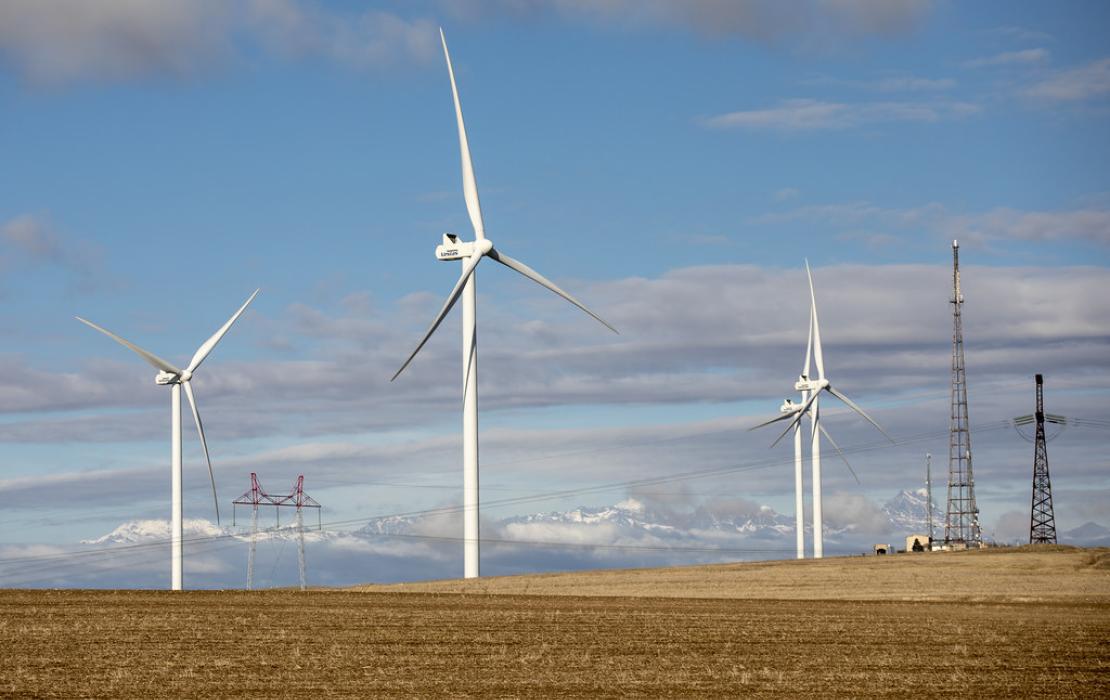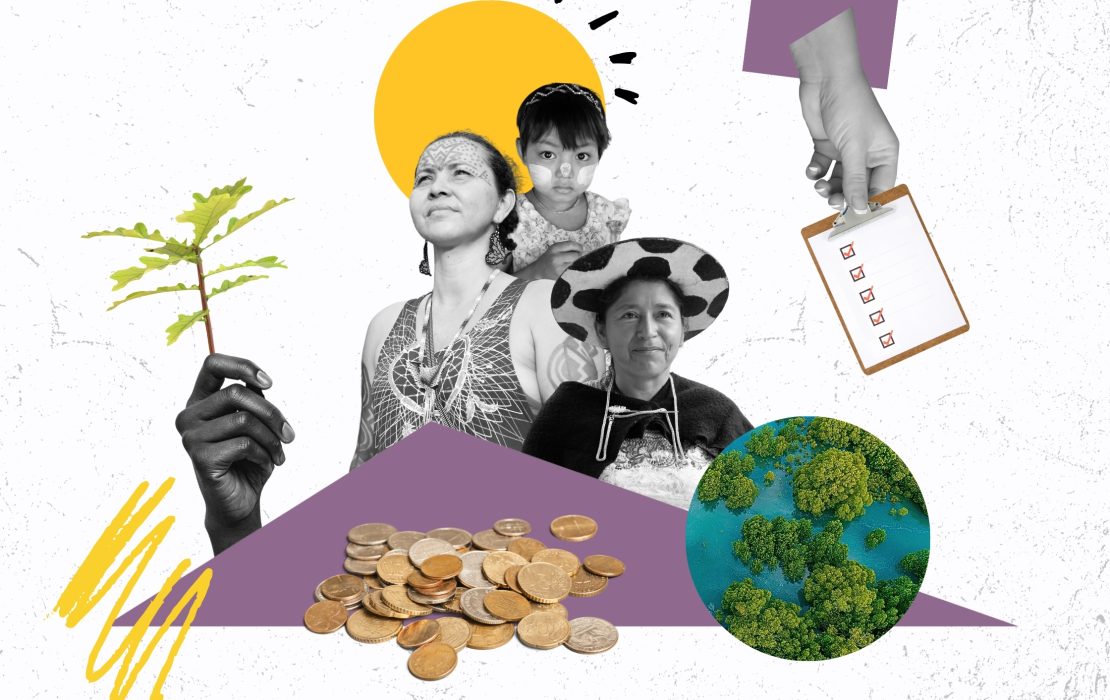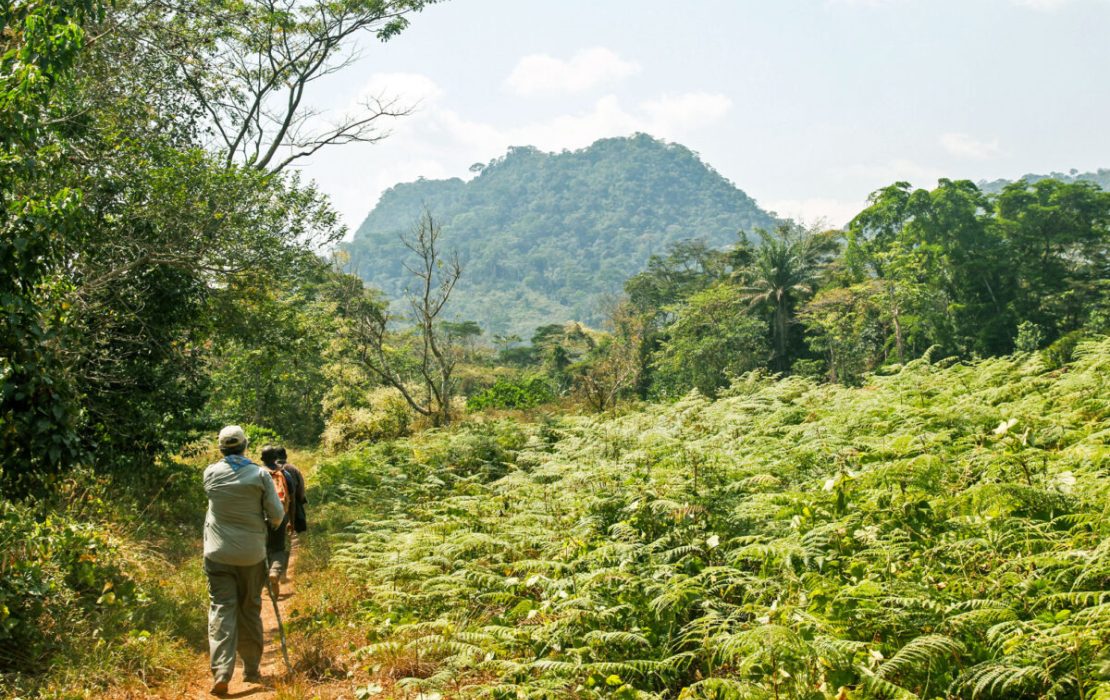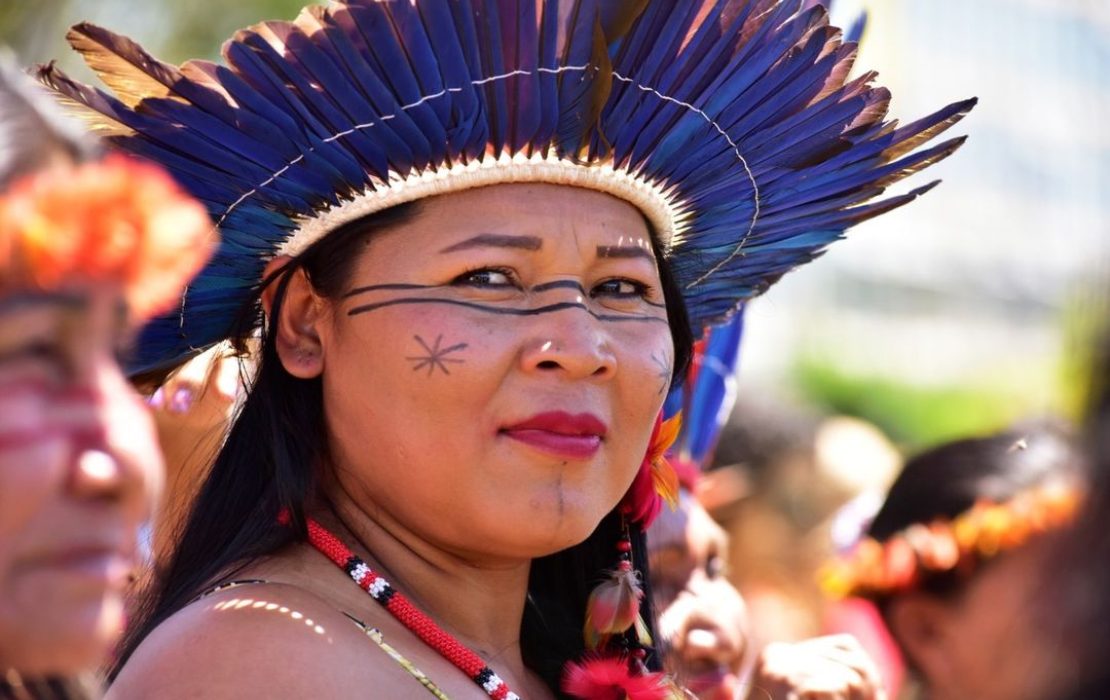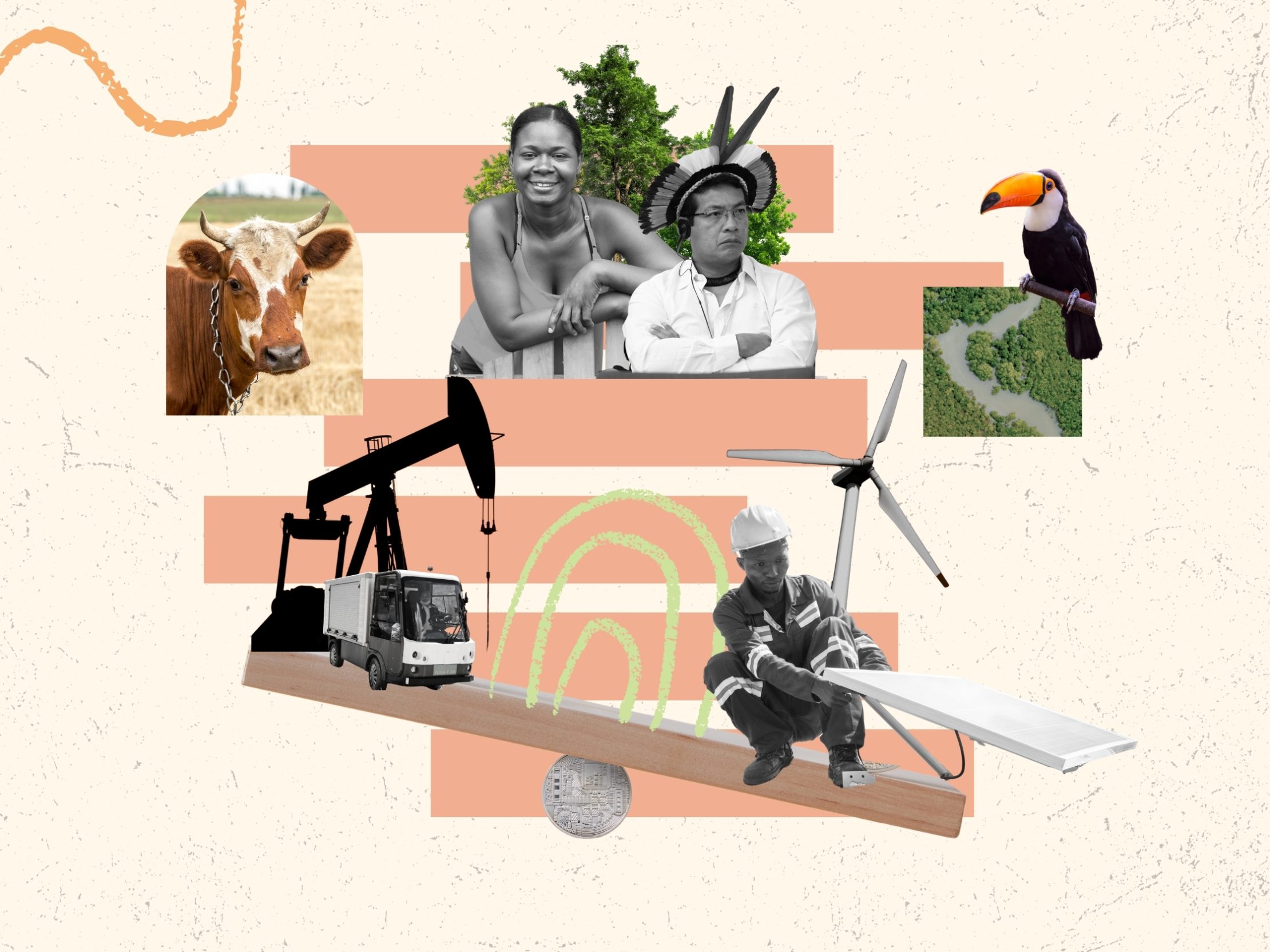
Summary
- Carbon markets are systems where carbon credits are traded.
- Carbon credits are generated by activities that reduce or remove greenhouse gas emissions such as protecting forests, restoring wetlands, switching to renewable energy or improving energy efficiency in buildings and industries.
- There are two main types of carbon markets: compliance and voluntary.
- Compliance markets are created through laws or regulations set by governments at the national, regional or international level.
- Voluntary carbon markets are national and international marketplaces where companies, individuals or governments can buy and sell carbon credits to meet voluntary goals.
- If designed and governed well, with standards for integrity and transparency, carbon markets can be powerful tools for raising the funds needed to build low-carbon, climate-resilient economies.
- Interest in carbon markets is rising with 83 percent of countries intending to use international market mechanisms in their climate action.
What are carbon markets?
Carbon markets are systems where carbon credits are traded. These credits represent a reduction or removal of greenhouse gases from the atmosphere. Governments, companies and even individuals can buy these credits to offset their emissions.
Carbon credits are generated by activities that lower emissions or remove carbon from the atmosphere such as protecting forests, restoring wetlands, switching from fossil fuels to renewable energy, capturing methane from landfills or improving energy efficiency in buildings and industries.
Once verified, these credits can be exchanged, bought or sold, allowing governments, companies or individuals to meet their emission reduction targets cost-effectively. Once purchased, credits are retired so they cannot be reused.
Why are carbon markets important?
The Paris Agreement’s goal to limit global average temperature rise to 1.5°C is at risk. Current policies could cause a 3.1°C rise by the end of the century, requiring countries to increase their climate ambition and make urgent, deep emission cuts.
Effective climate action requires significant investment. Yet, according to the Intergovernmental Panel on Climate Change (IPCC), current financial flows are three to six times lower than needed by 2030, with some of the world’s poorest regions facing the biggest gaps.
Carbon markets can help bridge this gap by mobilizing new resources for emission reductions and sustainable development. Carbon pricing now covers 28 percent of global emissions, generating over US$100 billion in 2024. These funds are increasingly being used to support activities that benefit climate action and promote sustainable development, including initiatives that advance social equity and support Indigenous Peoples.
Indigenous Peoples, who steward over a third of intact forests rich in biodiversity and carbon, often face barriers in accessing climate finance. Well-designed carbon markets can address this by recognizing and supporting climate action led by Indigenous Peoples and ensuring benefits are shared equitably.
Interest in carbon markets is rising as international rules – especially the provisions of Article 6 of the Paris Agreement which were finalized at COP29 – enable transparent and accountable trading of emissions reductions between countries. The Paris Rulebook has increased confidence in carbon markets, with 83 percent of countries’ Nationally Determined Contributions (NDCs) now intending to use international market mechanisms. At the same time, companies are increasingly using internal pricing mechanisms to guide investments.
In the voluntary market, demand is shifting toward high-quality credits, particularly from nature-based solutions that remove carbon, which now command higher prices despite a 25 percent drop in transactions in 2024.
If designed and governed well, with standards for integrity and transparency, carbon markets can be powerful tools for driving climate action. By putting a price on carbon and rewarding efforts to reduce or remove emissions, these markets can help raise the billions needed to build low-carbon, climate-resilient economies. With clearer rules under the Paris Agreement, a growing shift toward quality in the voluntary market, and more countries taking action, momentum is building for high-integrity carbon markets around the world.
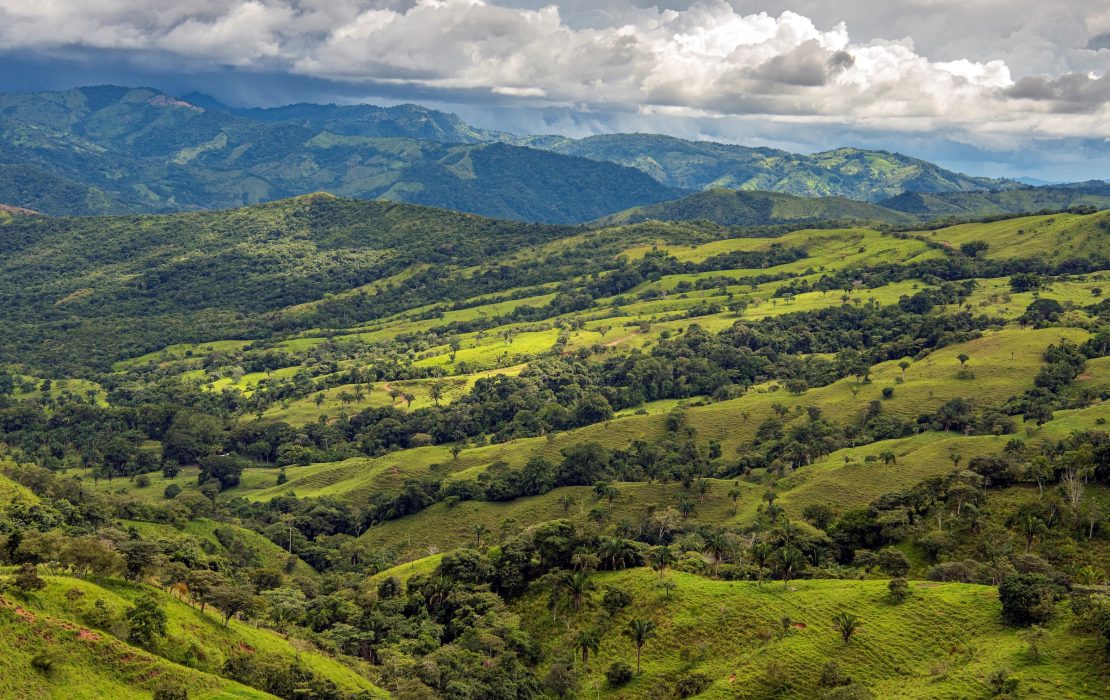
Carbon credits are generated by activities that reduce or remove greenhouse gases such as protecting forests. Photo: UNDP Costa Rica
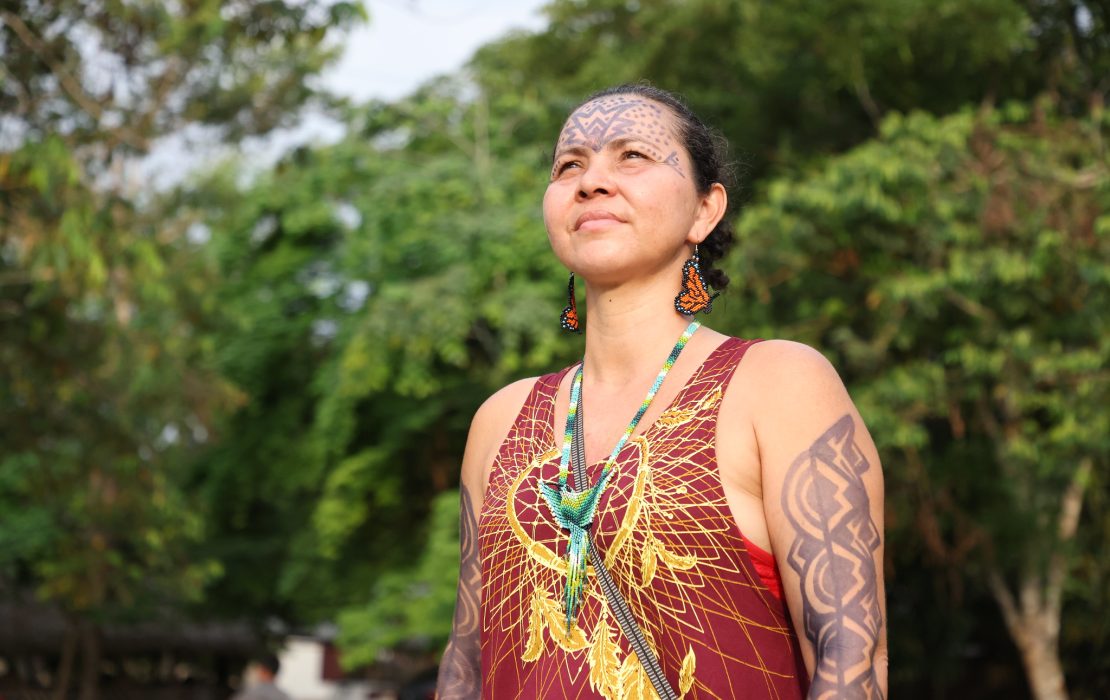
Well-designed carbon markets can support Indigenous Peoples in accessing climate finance. Photo: UN-REDD Programme
What types of carbon markets are there? What are their key features?
There are two main types of carbon markets: compliance and voluntary.
In both types of markets, carbon credits are generated from activities that reduce or remove greenhouse gases from the atmosphere according to specified rules and requirements set by carbon standards. These rules and standards cover everything from methodologies and carbon accounting to environmental and social safeguards.
Compliance markets are created through laws or regulations set by governments at the national, regional or international level. Well-known examples are emissions trading systems (ETS) which use a cap-and-trade approach, where governments set an emissions cap and companies trade allowances.
Voluntary carbon markets are national and international marketplaces where companies, individuals or governments can buy and sell carbon credits to meet voluntary goals. Credits are supplied by programmes that reduce or remove emissions, such as reforestation, forest management or energy efficiency, often involving and benefiting local communities, Indigenous Peoples and landowners. Demand comes from businesses with climate targets, individuals offsetting emissions and investors reselling credits.
The main difference between compliance and voluntary carbon markets lies in the goals for which the carbon credit is used. In compliance markets, such as the EU Emissions Trading System or the cooperative approaches under Article 6 of the Paris Agreement, these goals are established by governments or international treaties in a mandatory manner. In voluntary markets, individuals, companies and governments set their own goals to meet voluntary commitments.
How are countries implementing carbon markets?
Several countries and regions have implemented carbon market mechanisms tailored to their national contexts, with varying levels of maturity and scope.
The European Union Emissions Trading System (EU ETS) remains the world’s most established and comprehensive carbon market. Operating since 2005, it covers key sectors such as power generation, manufacturing and aviation within the European Union. The EU ETS uses a cap-and-trade system: a limit is set on emissions, allowances are traded, and the cap is lowered over time to cut emissions. Reforms have steadily increased its ambition and market stability.
China’s national ETS, launched in 2021 and significantly expanded in 2024, is now the largest in the world by emissions volume. It now covers about one-seventh of global emissions from fossil-fuel combustion, mainly from the power sector. Unlike the EU ETS, China’s system uses intensity-based benchmarks rather than an absolute cap, linking allowances to output levels. While initially limited in sectoral coverage, the government is working to expand the ETS to include steel, cement and aluminum, making it a central instrument in achieving China’s carbon peaking and neutrality targets.
Brazil finalized the legal framework for its national ETS in 2024, following years of stakeholder engagement and technical groundwork. The system is expected to begin with mandatory reporting and monitoring in high-emitting sectors, laying the foundation for a fully operational market aligned with Brazil’s NDC. This positions Brazil as a potential leader in carbon markets in Latin America.
Other countries have also established emission trading systems. New Zealand launched its ETS in 2008, covering nearly all sectors, including forestry. In 2015, the Republic of Korea launched the first nationwide ETS in East Asia. Switzerland operates its own ETS, which has been linked to the EU ETS since 2020. There are also linked systems such as in Quebec and in California, which are part of the Western Climate Initiative. All these examples can provide key lessons on market design, linking and sectoral coverage for other emerging systems. Mexico, Thailand, Indonesia and Viet Nam are all in various stages of piloting or designing their own emissions trading systems. These efforts demonstrate growing interest in market-based approaches tools to achieve national climate targets while encouraging low-carbon innovation and investment.
Meanwhile, the transition from the Clean Development Mechanism (CDM) under the Kyoto Protocol to the Article 6.4 mechanism of the Paris Agreement is underway. Under the CDM, emission-reduction projects in developing countries generated carbon credits for industrialized nations to meet their emission climate targets. Over 1,000 CDM projects are now transitioning to the Paris Agreement Crediting Mechanism, ensuring continuity while meeting new standards of environmental integrity, human rights and sustainability.
In aviation, the United Nations' CORSIA programme caps international flight emissions at 2020 levels. Airlines must buy carbon credits to offset any growth beyond that, driving global demand for high-quality offsets, especially from nature-based and clean energy projects.
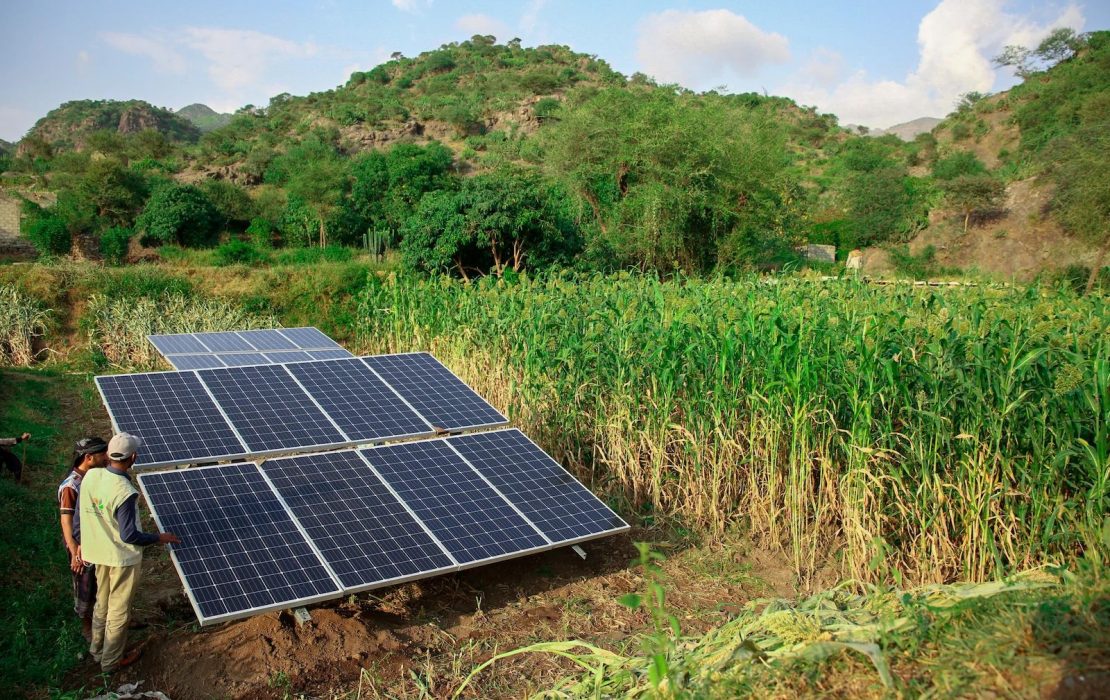
If designed and governed well, with standards for integrity and transparency, carbon markets can be powerful tools for driving climate action. Photo: UNDP Yemen
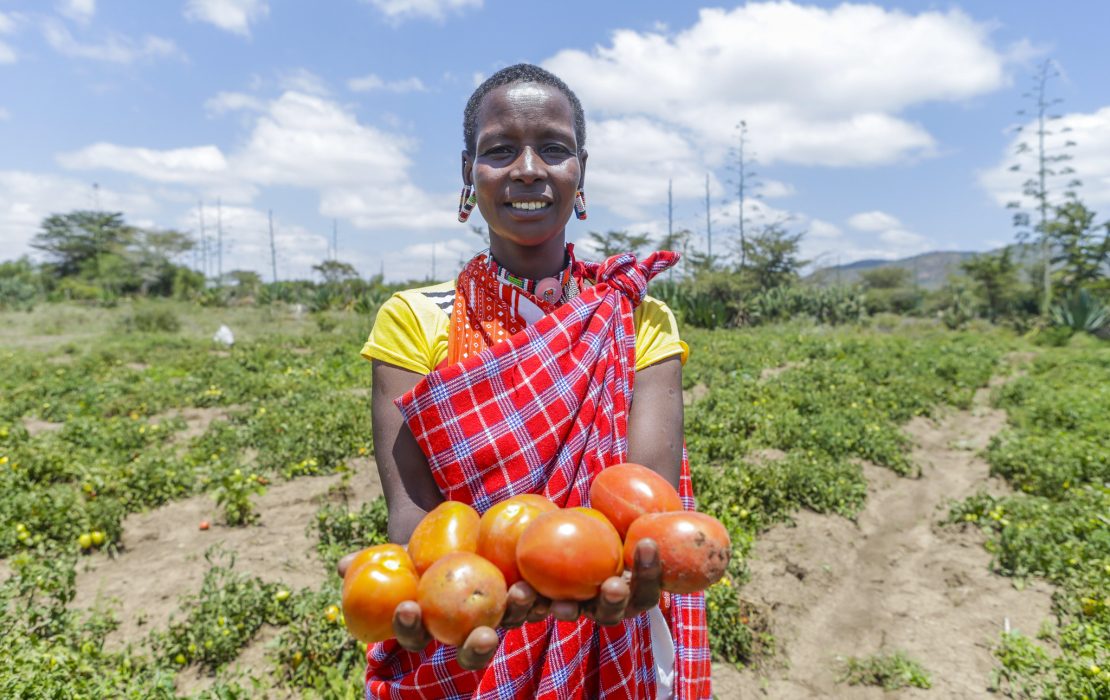
Funds from carbon markets are increasingly being used to support activities that benefit climate action and promote sustainable development. Photo: UN-REDD Programme
What are the challenges faced by carbon markets?
One major challenge that carbon markets face is the quality of carbon credits. Not all credits represent real, additional or long-lasting emissions reductions or removals. Nearly 1 billion older credits remain unused in the market, often tied to projects with questionable environmental value. If low-quality credits flood the system, they undermine trust and the effectiveness of carbon pricing. To address this, governance bodies such as the Integrity Council for the Voluntary Carbon Market (ICVCM) are setting rigorous standards – in this case, Core Carbon Principles – that help buyers and countries identify and use only high-integrity credits.
Another key issue is double counting, which happens when the same emissions reduction or removal is claimed by more than one party, such as both a host country and a credit buyer. This can distort progress reporting and lead to inflated claims about climate action. Avoiding double-counting is a major reason why Article 6 negotiations under the Paris Agreement have been so complex. New accounting rules and adjustments are being introduced to prevent it, especially in cross-border credit transfers.
Greenwashing remains another serious concern. Some companies use carbon credits to present themselves as environmentally responsible, while continuing high-emission practices. For example, they might make misleading claims that their products or services are carbon-neutral based on weak credits. Such misrepresentation not only damages public trust but also weakens the credibility of carbon markets. That’s why there is growing pressure on companies to back up climate claims with evidence and use only high-quality credits.
The risk of adverse social and environmental impacts is another key challenge. If not properly designed, carbon market projects can harm local communities or ecosystems, for example by restricting land access or failing to share benefits. To avoid this, projects must include robust safeguards, respect the rights of Indigenous Peoples, and align with broader development and human rights goals. Ultimately, building social and environmental integrity into carbon markets is key to building trust in the quality of market-based mechanisms as effective climate mitigation tools.
How does UNDP support countries on carbon markets?
UNDP works closely with countries on designing and implementing high-integrity carbon markets that support their national climate goals and generate sustainable development benefits. This includes support on policy and legal frameworks, technical readiness, environmental and social safeguards as well as alignment with Paris Agreement rules, especially under Article 6.
Through its High Integrity Carbon Markets Initiative, UNDP is working with countries, partners and other market actors to put in place clear rules, safeguards and verification systems, so that carbon markets deliver real, measurable benefits for people and the planet.
UNDP is also helping countries navigate complex carbon market processes and build the capacity needed to participate effectively, whether through compliance systems or the voluntary market. Useful guidance on this includes the Carbon Market Access Toolkit and the Country Guidance for Navigating Carbon Markets.
In Brazil, UNDP has supported the development of a national emissions trading system, which includes a provision to direct five percent of revenues from carbon markets to Indigenous communities.
UNDP is also helping Türkiye and India make strong progress in preparing their emissions trading schemes, working on legal, institutional and data systems.
With support from UNDP, Cambodia is strategically considering how the compliance and voluntary international carbon markets can offer opportunities to mobilize investments in priority sectors such as energy, forest and land use, in line with its updated NDC and ambitious Long-Term Strategy for Carbon Neutrality.
Meanwhile, countries like Ghana and Peru, in cooperation with UNDP and Switzerland are already pioneering the implementation of cooperative carbon market approaches under Article 6.2 of the Paris Agreement. These efforts not only generate climate finance but also serve as blueprints for other countries looking to enter carbon markets in a credible and effective way.
